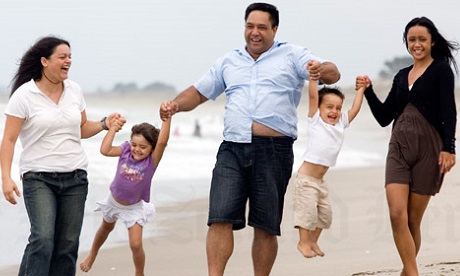The latest quarterly data from Stats NZ reports New Zealand’s lowest-ever fertility rate.
It says the ratio of births to the number of women of child-bearing age is now 1.63. This is well below the 2.1 ratio needed for a woman to replace herself, and her partner.
Without migration, the New Zealand population will join others around the world that are shrinking.
As a comparison, in the year to September 2019, there were over 59,000 babies born in New Zealand. At the same time this year, there were 1300 fewer born over the year.
The downward trend is not a blip on the radar, says Stats NZ senior demographer Kim Dunstan.
It has been a trend over the past decade, Dunstan explains.
“They’ve shown a steady decline since about 2010, when the total fertility rate was about 2.2 births per woman.”
Dunstan says the reasons for the declining birthrate were less about biology than social and economic factors.
It is likely to be influenced by the rising cost and shortage of housing, which is reflected in the data that shows the decline was greatest among those aged under 35.
“Fertility rates among older women though – 35 to 50 years remain relatively the same as they were a decade ago,” Dunstan says.
Involuntary infertility – that included men – could also be a factor.
“But generally, the trend we’re seeing in New Zealand and in other countries around the world is around voluntary choice to have children, or not, and for those having children it’s about the number they have over their lifetime.”
The National Institute of Demographic and Economic Analysis says the latest figures were a big drop on the same time last year.
Research Associate Natalie Jackson said there was a technical explanation.
Firstly there are currently more people in the country than there were in the September quarter last year. In addition, the data covered the period since “Covid came into our lives and played havoc with overseas travel.
“The fertility rate is essentially a ratio of births to the number of women aged 15-49 years, and there will have been a lot of women in that age group unable to leave the country, and a reasonable number at those ages returning.”
Jackson says those figures combined would have increased the number of women, against which the number of births was measured.
“At the same time there have been fewer births, so – fewer births and more women, means the rate will have dropped along the lines it has.”
Dunstan says while the latest data was influenced by Covid-19, it won’t be clear until next year what direct impact the pandemic has had on couple’s childbearing decisions.”
He thinks the drop could continue if the labour market and economic conditions continue to deter people from having children.
Source
